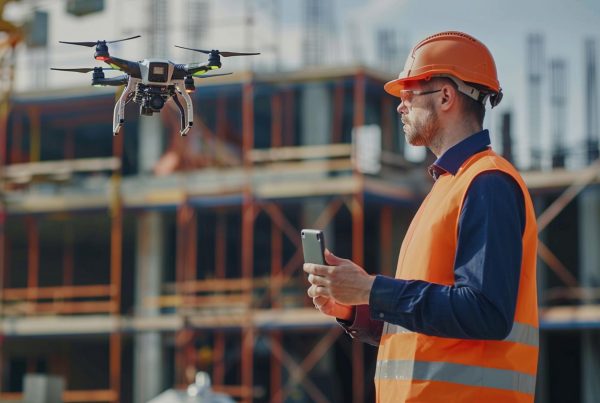
The housing industry is evolving significantly, with 3D printing technology leading the charge. Prefabricated buildings constructed using this innovative technology represent a shift towards more cost-effective, sustainable, and efficient construction methods. By producing homes that require fewer resources and less labour, 3D printing opens up new possibilities for addressing the global housing crisis. One of its most exciting prospects is the ability to drastically reduce the cost and time of building new homes.
A key benefit of 3D-printed prefabricated homes is their ability to tackle housing shortages. As urban populations grow, the demand for affordable housing has become more pressing. These prefabricated homes, which can be rapidly constructed, offer a solution by reducing the time it takes to build high-quality homes, thereby increasing availability. Not only can they be produced at a fraction of the cost of traditional houses, but they can also be customised to suit the specific needs of communities.
Another major advantage is their application in disaster relief. After natural disasters, one of the most urgent needs is temporary shelter. 3D printing technology enables the swift creation of durable housing that can stabilise displaced populations. Prefabrication also ensures that these homes are built with less waste, making the process more sustainable and environmentally friendly. Automating much of the construction process reduces labour requirements, making this a highly efficient method for creating affordable, high-quality homes.
Architects are also embracing this technology. Traditional construction methods have long limited creativity and design, but 3D printing removes many barriers. Complex and intricate designs that were once considered impossible can now be easily achieved. Homes can be fully customised, not just for the individual needs of occupants but also for environmental factors, ensuring that each structure fits seamlessly within its surroundings. This technology offers architects the freedom to push the boundaries of design while maintaining practicality.
With nations around the world recognising this technology’s transformative potential, the housing sector is poised to undergo a revolution, providing millions with more affordable, accessible, and sustainable homes.
Please continue to Part 2 to explore how 3D printing is reshaping the construction industry, bringing sustainability and efficiency to the forefront.














